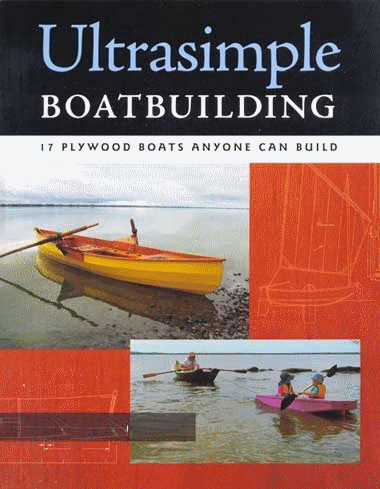

First off, I am now in 100% complete control of my Gmail account again. Someone in Egypt hacked in because I was not careful enough about protecting my password. Upgrade passwords and never have it on email anywhere! Learn from my mistakes. My email, boatkits@gmail.com, is completely safe, now.
Pictured is a recent boat kit heading out of the shop...CNC (computer numerically control) precut plywood kit and a timber kit. The pieces of mailing tubes over the ends of the long parts protect the precut scarf joints while the kit is shipped (this one a kit to Durango, CO).
Back to business and to pick up from the last few posts, I want to share a PDF and link to my webpage about how my kits are produced, why it makes more sense to built boats out of my catalog from kits or full size patterns, and the general idea regarding the 'economics of boat kits' (i.e., why the extra cost of a boat kit is smaller than many think) will come next time.
In a nutshell, boats designed in the computer are actually drawn full size already to a higher degree of precision (thousandths of an inch) than on the lofting full size by hand (1/16th's of an inch). The difference is that a planks can be precut in advance, glued together with a precut scarf, and bent around bulkheads, hitting every mark on the spot. Interior components and the building jig itself are drawn into the computer model to exactly fit the boat. Therefore, to take a computer aided drafted (CAD) boat and loft it by hand introduces natural errors that were carefully avoided in the CAD process.
Because the parts can all be predetermined off the computer model, they can be nested onto fewer sheets of plywood than a manually (scratch-built) boat can be done. Also, it avoids cutting mistakes which often requires buying extra wood. This offsets the extra cost of a kit and wastes less wood.
The time it takes to manually cut parts to a boat, if you look at it in a hourly rate kind of way, would also offset any remaining difference in cost between building from scratch versus building from precut parts in a kit.


0 comments:
Post a Comment